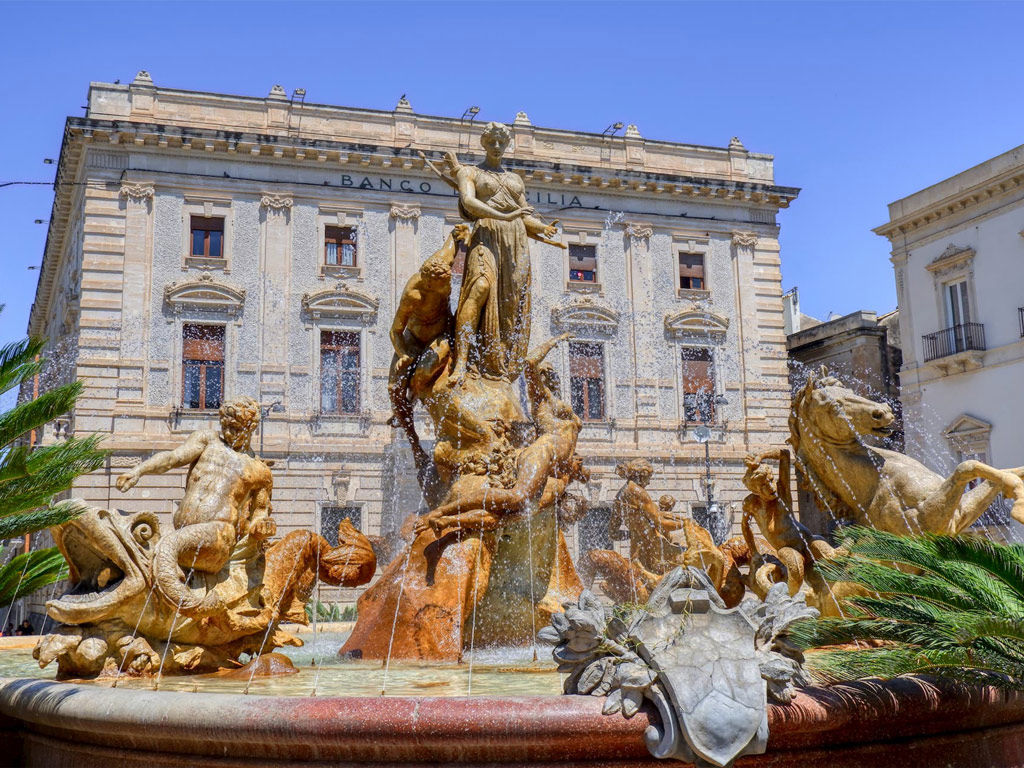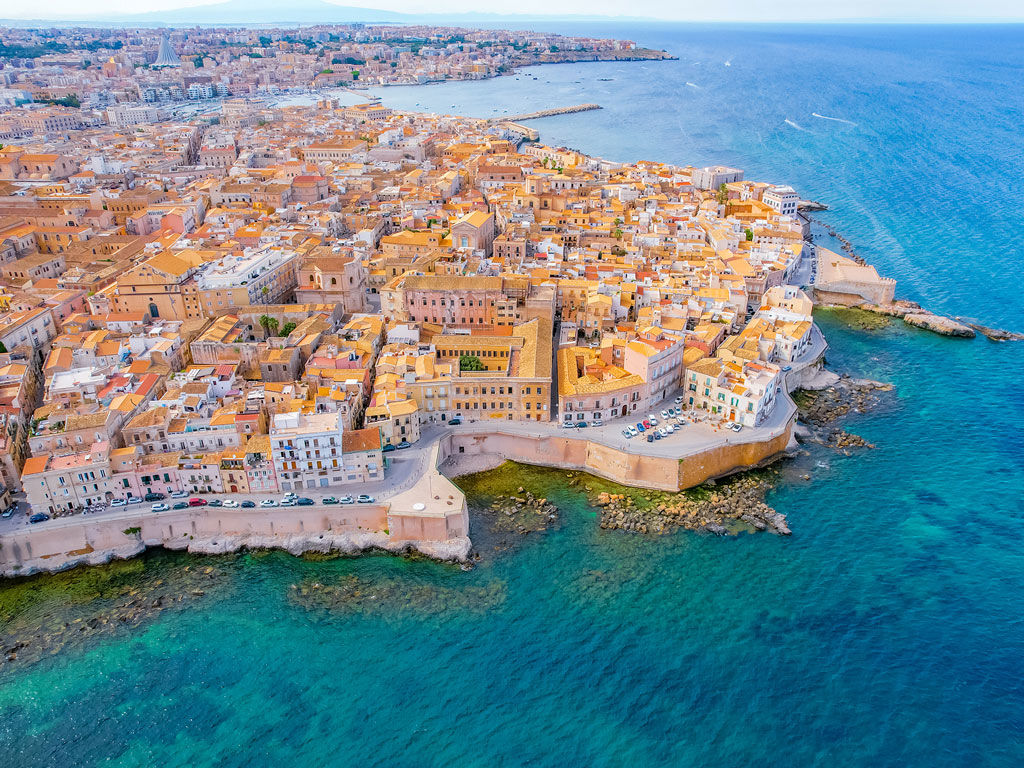

Villa Carlotta was founded in Ragusa, a gem of the Val di Noto and the beating heart of Southeastern Sicily, recognized as a UNESCO World Heritage Site since 2002.
The city is divided into two distinct areas: Ragusa Superiore, the neighborhood rebuilt after the 1693 earthquake, now the more modern and dynamic part of the city; and Ragusa Ibla, the oldest part, which still reflects its medieval origins.
Ragusa Ibla, perched majestically on a hill, is home to more than fifty churches and around ten noble palaces, all while preserving its strong Baroque character. Its vibrant historic center features winding staircases, narrow paths, and stunning views over the Hyblean Mountains and Ragusa Superiore.
Must-see landmarks include the Cathedral of San Giorgio and the Circolo di Conversazione, made famous by the Inspector Montalbano series, as well as the Hyblean Garden, which houses important churches like San Giorgio Vecchio and the Church of the Capuchins, along with noble residences once belonging to the clergy.
The Val di Noto is a region in southeastern Sicily that includes the cities of Ragusa, Catania, Militello, Palazzolo Acreide, Noto, Caltagirone, Scicli, and Modica.
Following the devastating earthquake of 1693, the area underwent a significant reconstruction in the Baroque style. This remarkable transformation earned the Val di Noto recognition as a UNESCO World Heritage Site, thanks to its outstanding historical, cultural, and artistic legacy.
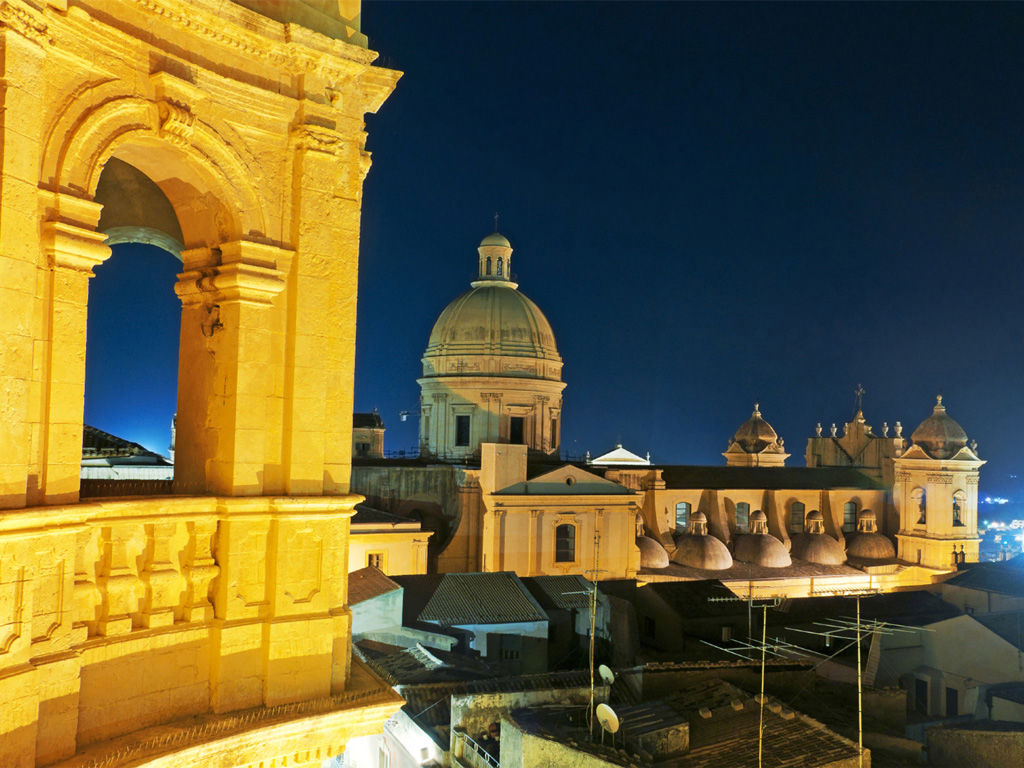
Noto is the Baroque jewel of the Val di Noto, enchantin visitors with the stunning architecture that adorns its streets, monuments, and frescoes.
Caltagirone is pure art and beauty, renowned for its refined polychrome ceramics and maiolica tiles, inspired by Byzantine, Greco-Roman, and Norman traditions.
Scicli, famous as the filming location of the beloved Italian TV series "Inspector Montalbano" by Andrea Camilleri, and Modica, celebrated for its artisanal chocolate tradition that fills the streets with its irresistible scents, are two more must-visit destinations in the Val di Noto.
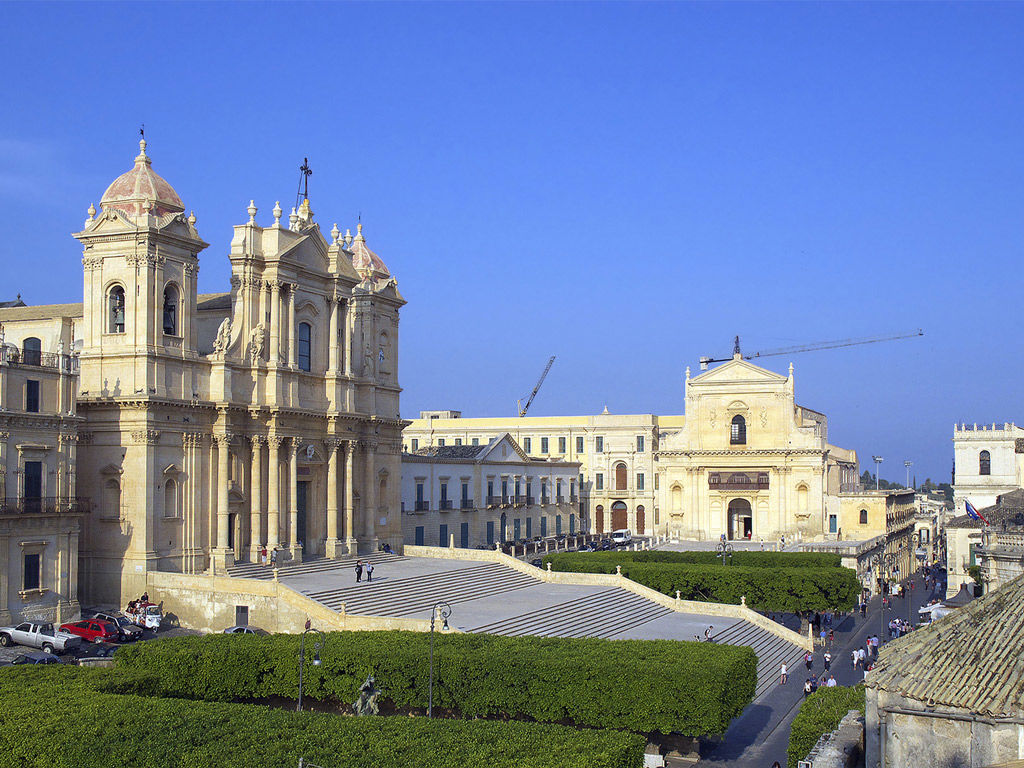
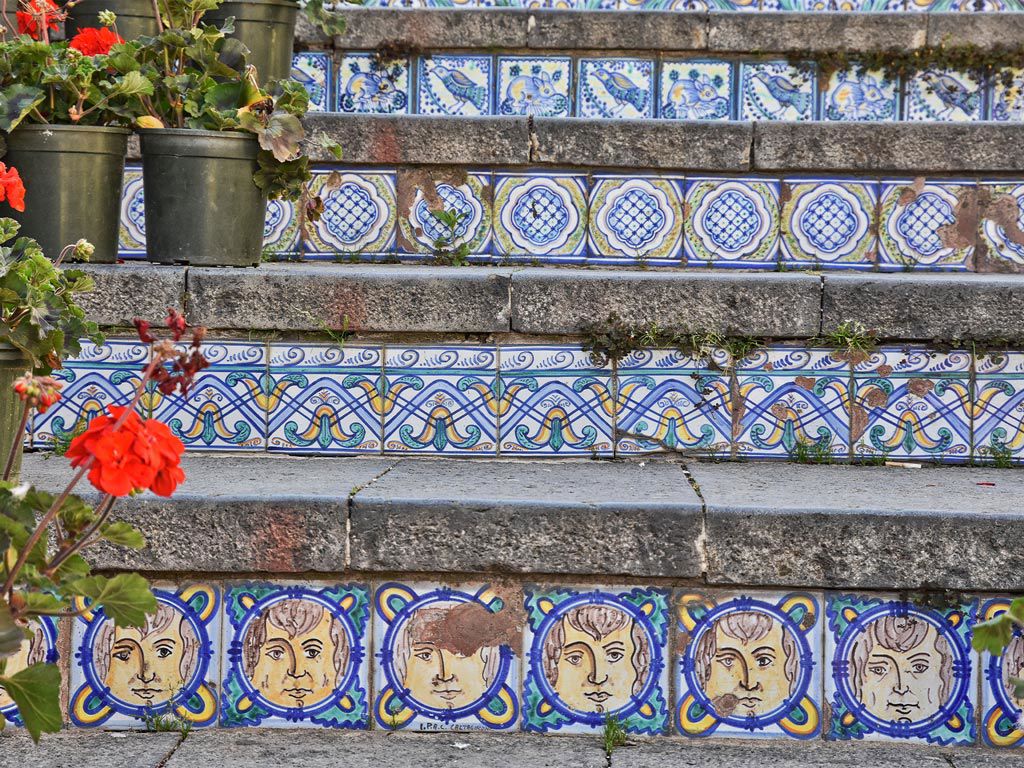
The undisputed symbol of Trinacria is undoubtedly Mount Etna, the highest volcano in Europe, which fascinates thousands of visitors each year with its spectacular scenario, embodying rocky ridges, glaciers and smoking craters.
Mount Etna is also a favorite destination for lovers of mountain biking, trekking, climbing, and high-altitude skiing.
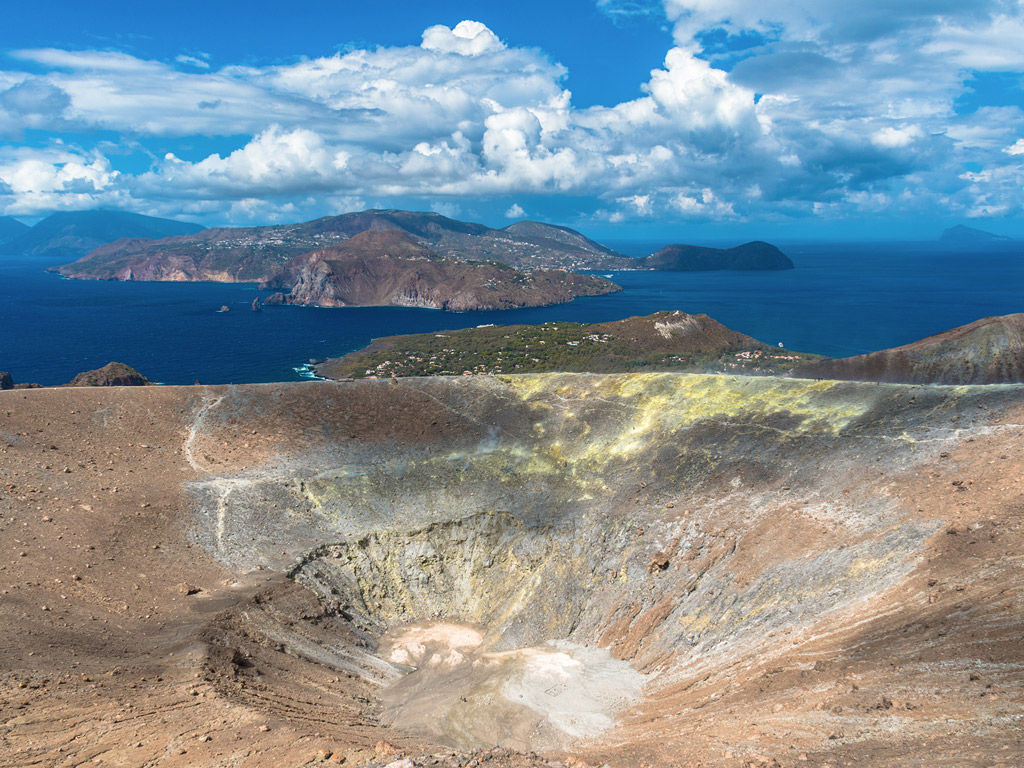
Vittoria is another jewel of the Val di Noto, renowned for its Art Nouveau style that turns the city into a charming chessboard where nature, art, and culture intertwine with elegance, thanks to the work of architect Ernesto Basile.
Vittoria is also home to Sicily’s only DOCG wine, Cerasuolo di Vittoria, a smooth and full-bodied red, distinguished by floral and fruity notes reminiscent of cherries.
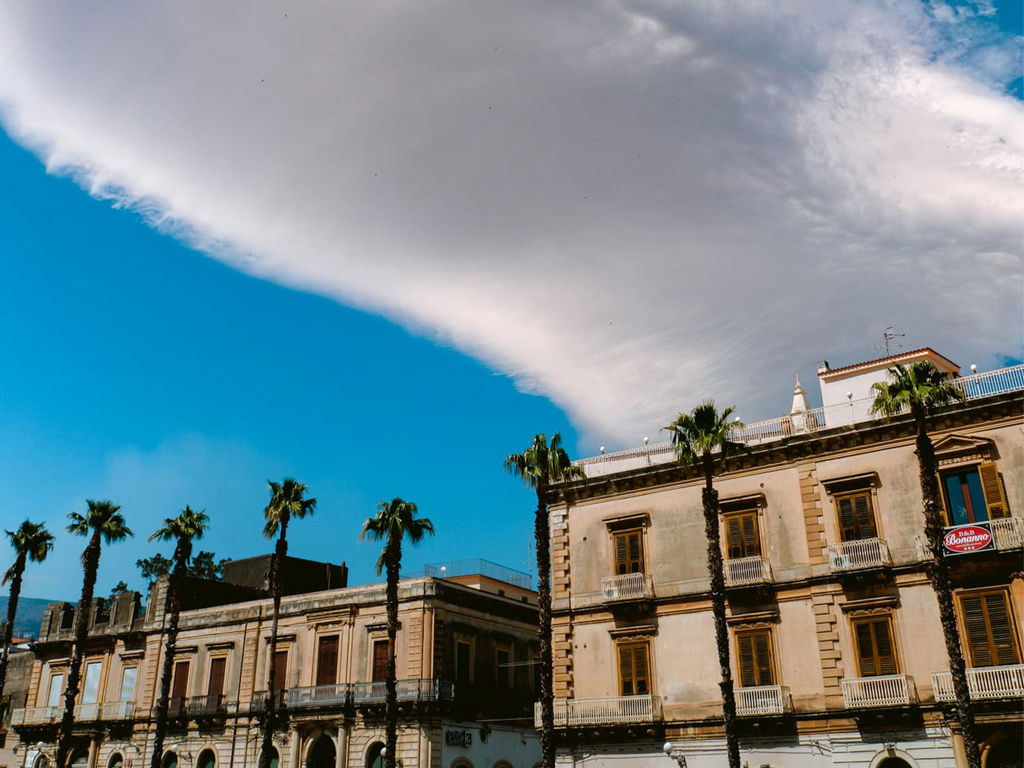
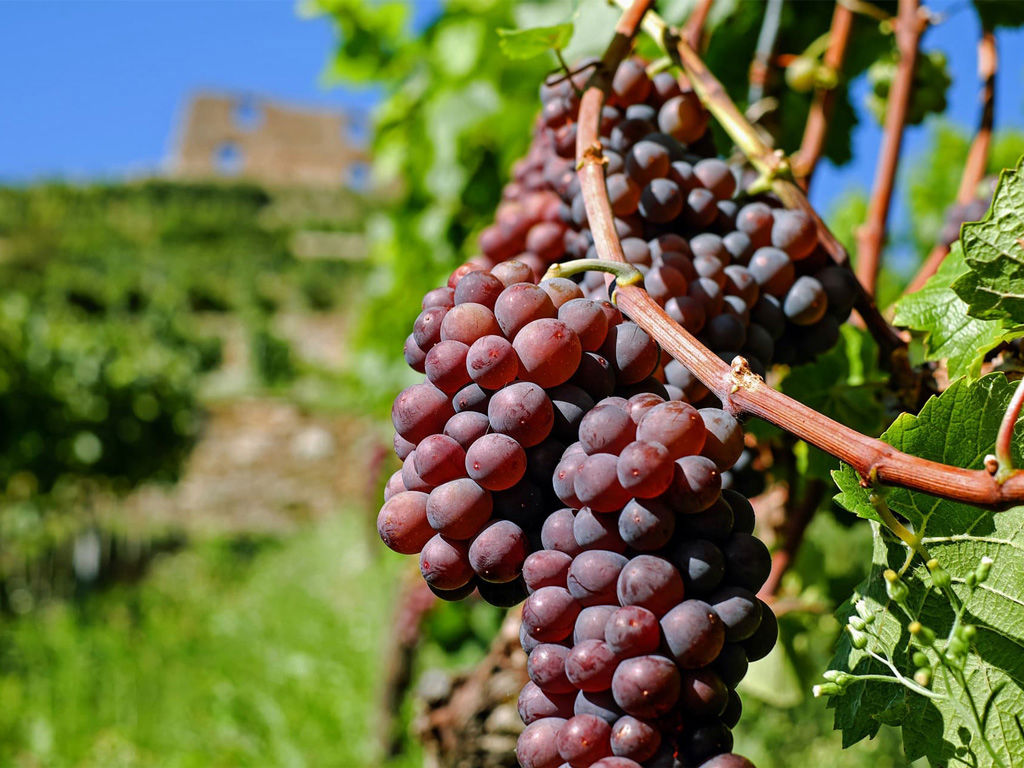
Marina di Ragusa is just 20 km from Villa Carlotta and is one of Sicily’s most renowned seaside destinations. Awarded the prestigious Blue Flag, it attracts a lively crowd every year, especially young people, thanks to its vibrant nightlife scene: beach clubs, seafront chalets, and discos around the marina area.
Just a short drive away lies the charming fishing village of Punta Secca, where fans of Italian TV can visit the famous house of "Inspector Montalbano". Once used as a fish warehouse, the building has become a cult destination for lovers of the iconic TV series.
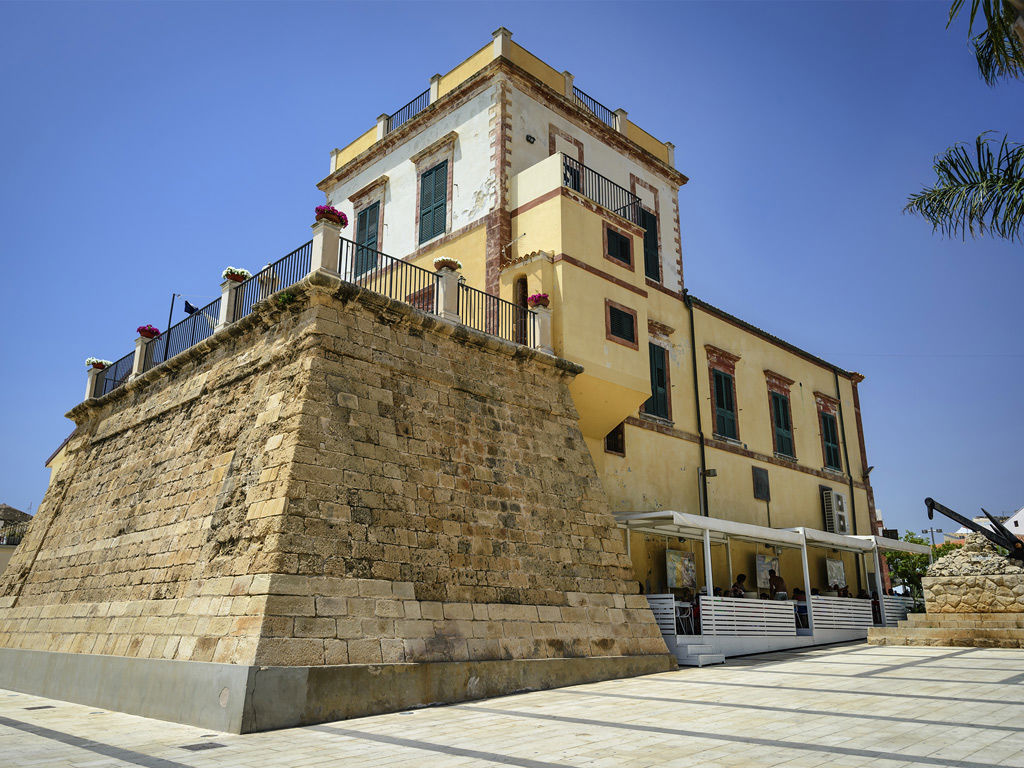
Strolling through Syracuse is like walking through history: from the Greek era to the Baroque age.
The city is a unique symbol of history, rich in artistic and architectural timeless wonders such as the Fonte Aretusa on Ortigia Island, the Greek Theatre, the Galermi Aqueduct, the Ear of Dionysius, the Altar of Hiero, and ancient temples dedicated to Apollo and Zeus.
Just a short distance away is Ortigia Island, the oldest part of the city and a true Mediterranean jewel, which is still home to the fascinating remains of the Temple of Athena in Piazza Duomo and the Tropical Aquarium of Syracuse, a favorite among younger guests.
